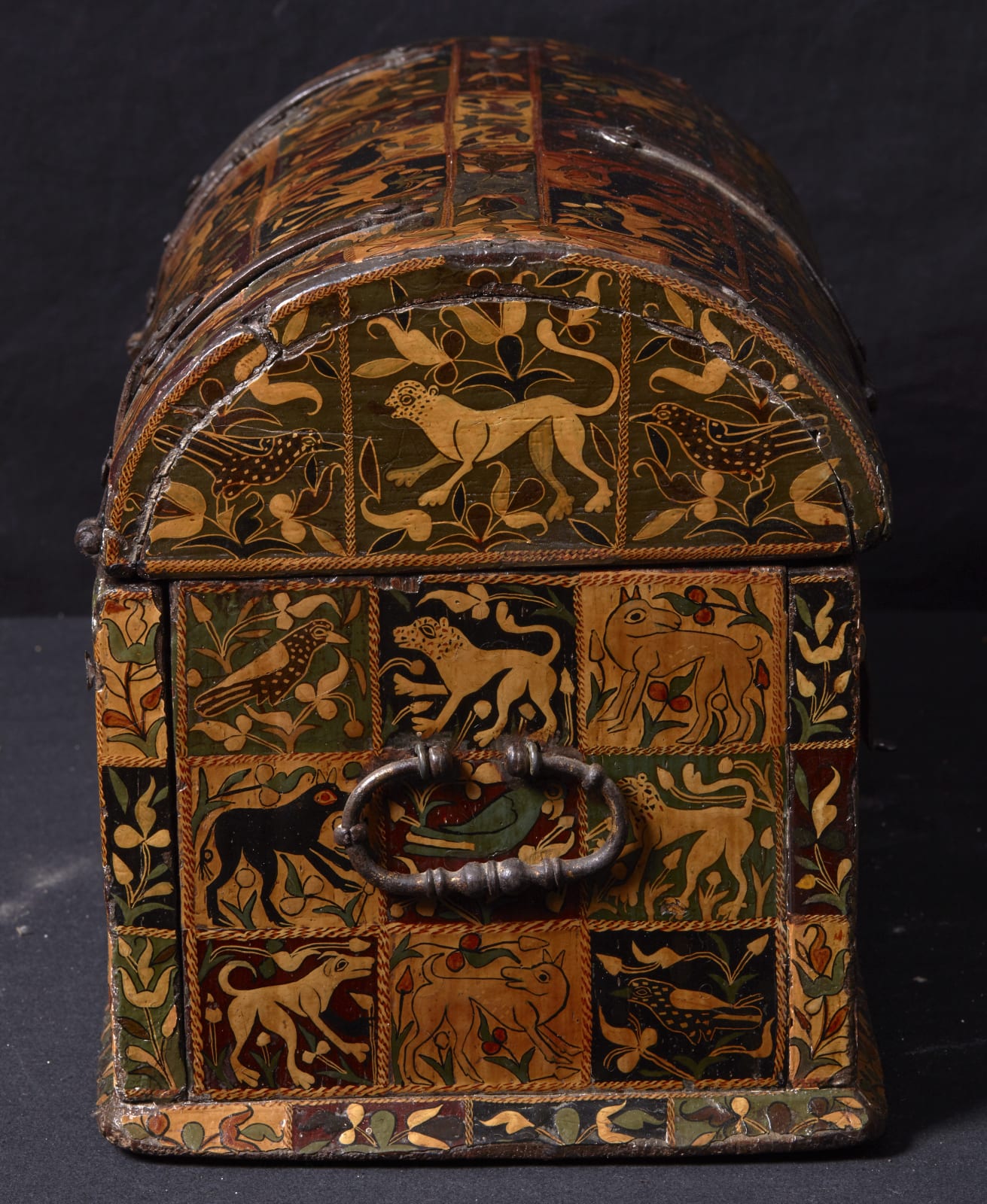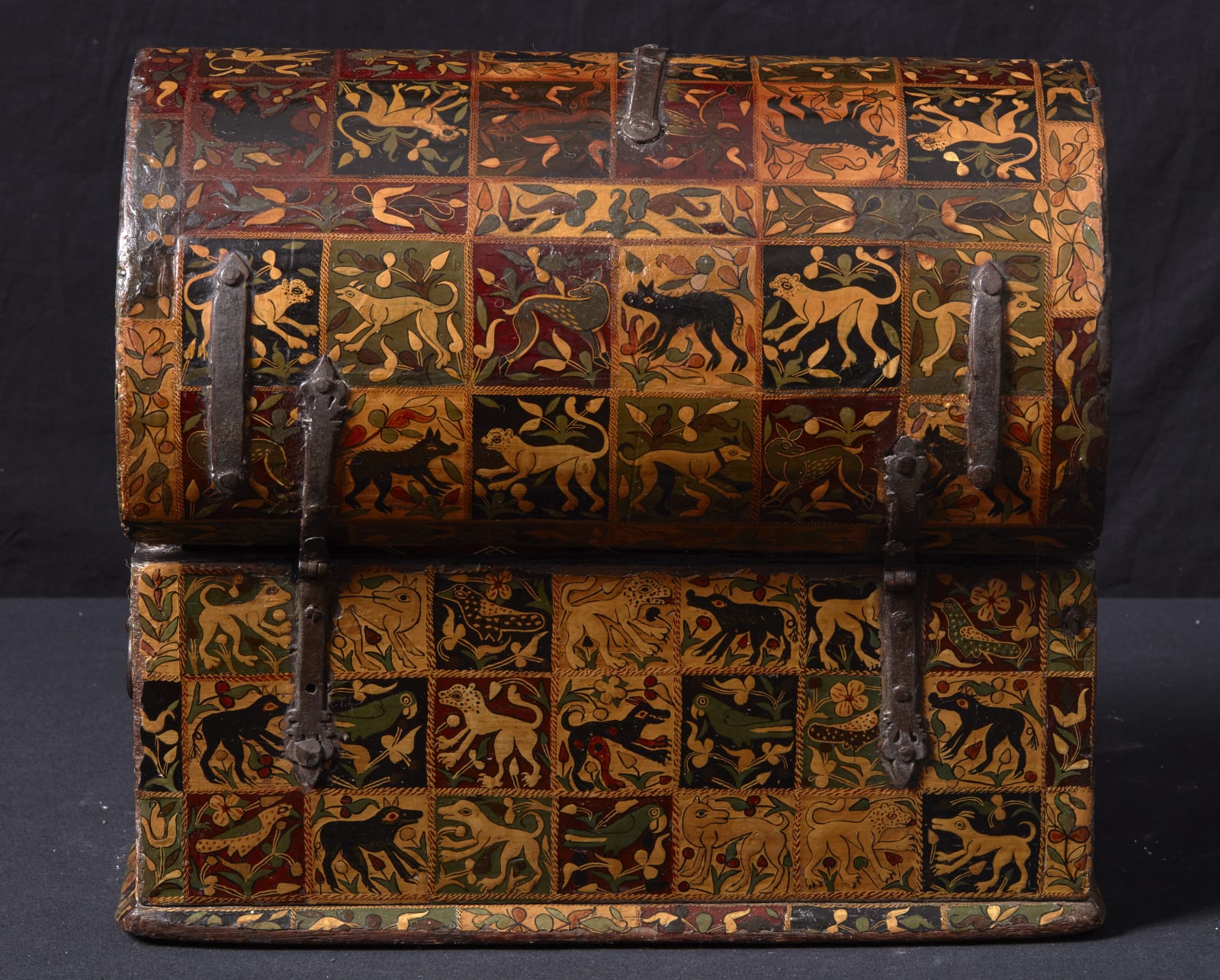Barniz de Pasto Chest, 17th century
Wood, Pasto varnish and iron mounts.
Further images
-
(View a larger image of thumbnail 1
)
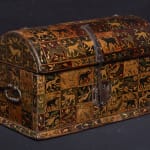
-
(View a larger image of thumbnail 2
)

-
(View a larger image of thumbnail 3
)
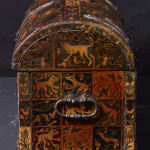
-
(View a larger image of thumbnail 4
)

-
(View a larger image of thumbnail 5
)
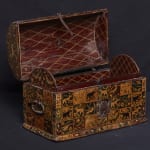
-
(View a larger image of thumbnail 6
)
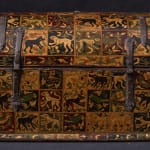
-
(View a larger image of thumbnail 7
)
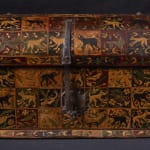
-
(View a larger image of thumbnail 8
)

Provenance
Private collection, Spain.
17th century “Both the boxes and the podium arrived in Spain loaded with Islamic and Orientalist references, on the back of a Moorish camel, and from there they sailed on the ships of conquerors and colonizers to the American land, where miscegenation with indigenous techniques such as Pasto varnish worked wonders. ” Elvira Raven of Jaramillo
The artisans are organized in workshops led by a "Master", usually owner of the workshop and skilled in the art, who is responsible for contracting the works with clients and instructing their officers and apprentices. As in other offices, several teachers constitute the guild composed of categories and functions established for each of its members, thus formalizing a classical trade union organization and acquiring attributions of a political nature by assuming responsibilities before the guild group and representativeness before the local government and the Church.
Lucas Fernández de Piedrahita, in his "General History of the conquests of the New Kingdom of Granada", mentions that the soldier of Hernán Pérez de Quesada, when moving from Santafé de Bogotá to Peru in search of "El Dorado", reported the practice of this technique in the Caquetá region in the year of 1542. However, the historical and geographical tracking of Pasto varnish demonstrates that the mop-mop resin trade between the Andes Mountains and the Amazonian Piedmont in the south west of Colombia it begins in the 10th century after Christ, as found in the Piartal Pasto tombs located on the border with Ecuador. After a long process of technification, it appears in the Inca court of Cuzco, in the decoration of the sacred vessels known as “queros” of the Inca Quero period in the 16th century ”
read essay



